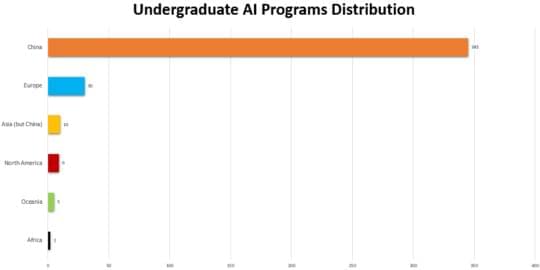NASA recently made an extraordinary discovery of a large thermonuclear explosion in space, caused by a pulsar, which is the remains of a star that did not explode to form a black hole. The National Aeronautics and Space Administration was able to detect the explosion thanks to the strong beam of X-rays sent out by the burst, which was picked up by the agency’s orbiting observatory NICER.
This discovery serves as a potent reminder of the dangers that lurk in space. According to a study published in The Astrophysical Journal Letters in August, the burst released as much energy as the sun does in ten days in just twenty seconds.
The leader of the study and astrophysicist, Peter Bult, said in a statement from NASA, “This burst was great.” Bult also added that the study revealed a two-step change in brightness that they believe was caused by the ejection of separate layers from the pulsar’s surface. These features provide significant information to understand how these events work.






